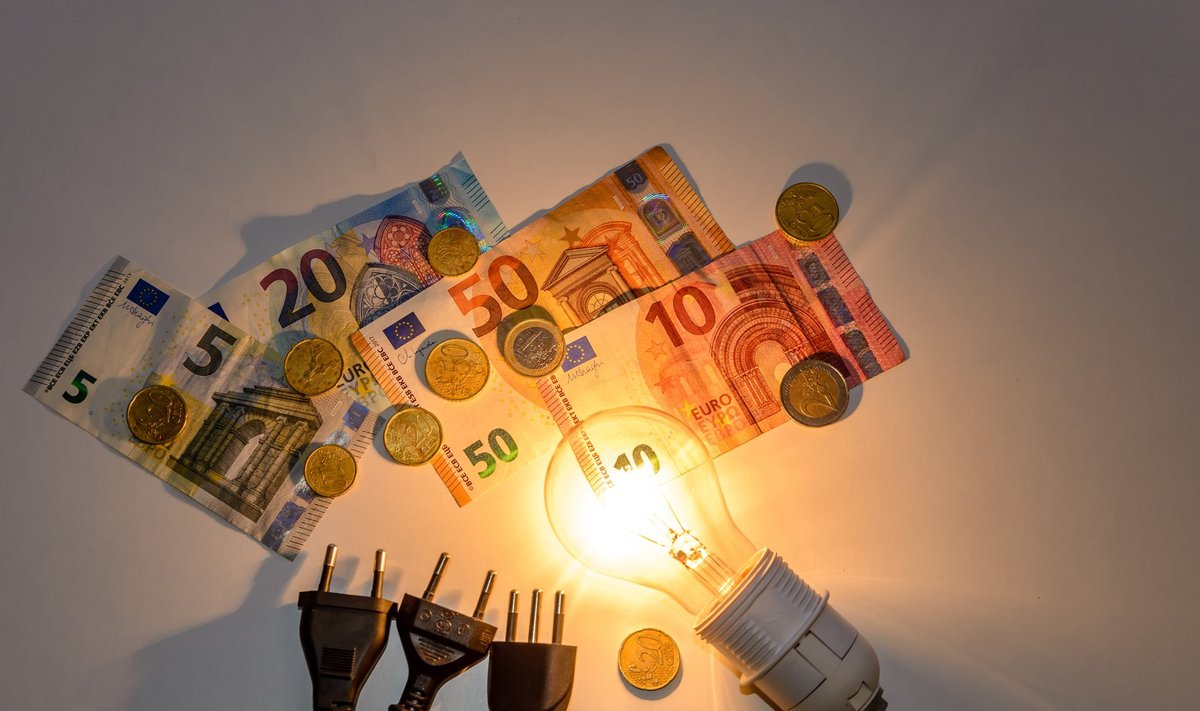According to independent electricity supplier Elektrum Lietuva, electricity demand decreased by 16% in the Baltic States due to warmer weather in February. The decrease in electricity prices was also affected by more electricity generated. Windfarms in the Baltic States generated by 21% less electricity in February compared with January, but hydroelectric power plants generated by 20% more and solar power plants generated twice more electricity.
The average electricity price in the Nord Pool power market in February decreased by 25% to EUR 50/MWh.
In February 2024, the Baltic countries on aggregate consumed 2,359 GWh of electricity, by 16% less than in January 2024 but by 6% more than in February 2023.
Lithuania consumed by 16% less electricity in February 2024 than in January 2024 or 1,027 GWh in total. Latvia consumed by 13% less electricity or 585 GWh, while Estonia consumed by 18% less electricity or 747 GWh.
In February 2024, the Baltic countries generated 688 GWh of electricity, by 17% less than in January 2024, but by 15% more than in February 2023.
In February 2024, Lithuania generated by 19% less electricity compared with the previous month or 565 GWh in total. Latvia generated by 8% less electricity or 749 GWh, while Estonia generated by 30% less or 374 GWh.
In February, electricity generation in the Baltic States on aggregate satisfied 72% of their electricity consumption demand. Electricity generation in Lithuania satisfied 55% of the country’s electricity consumption demand, compared with 128% in Latvia and 50% in Estonia.

